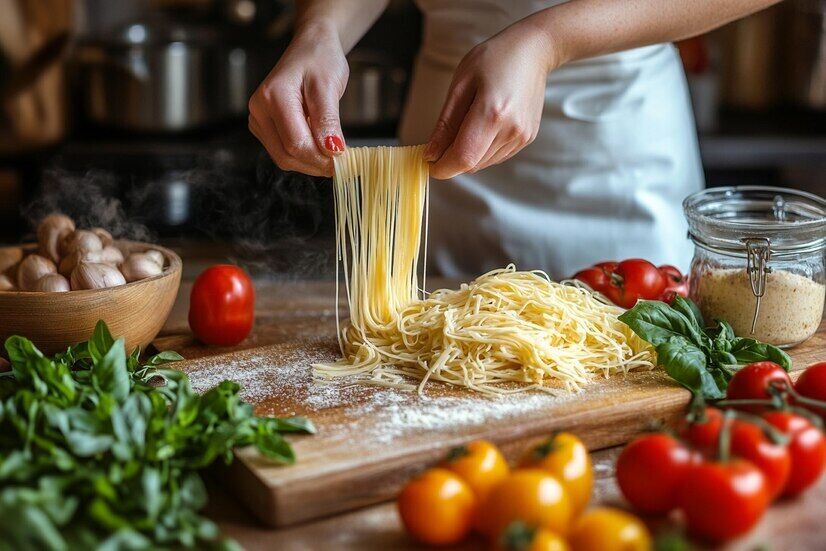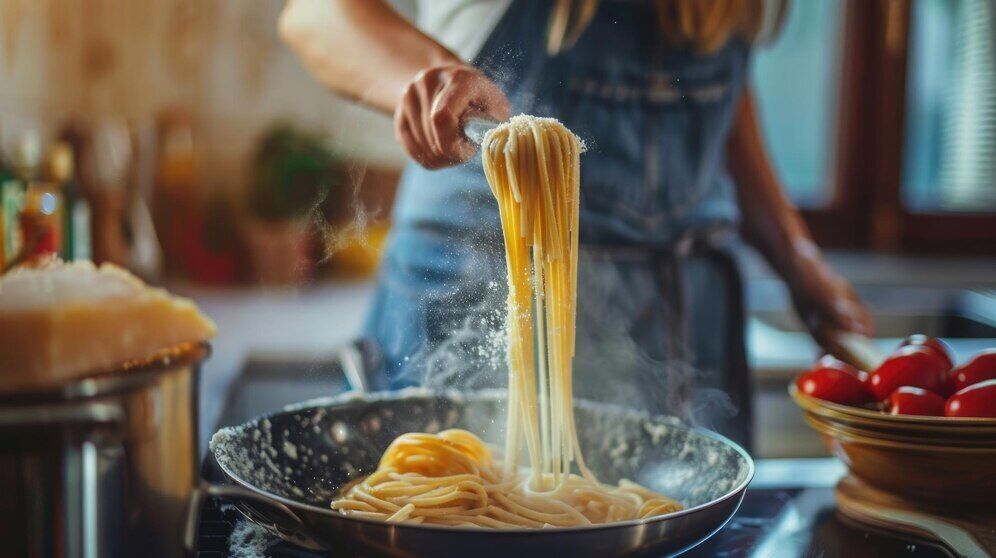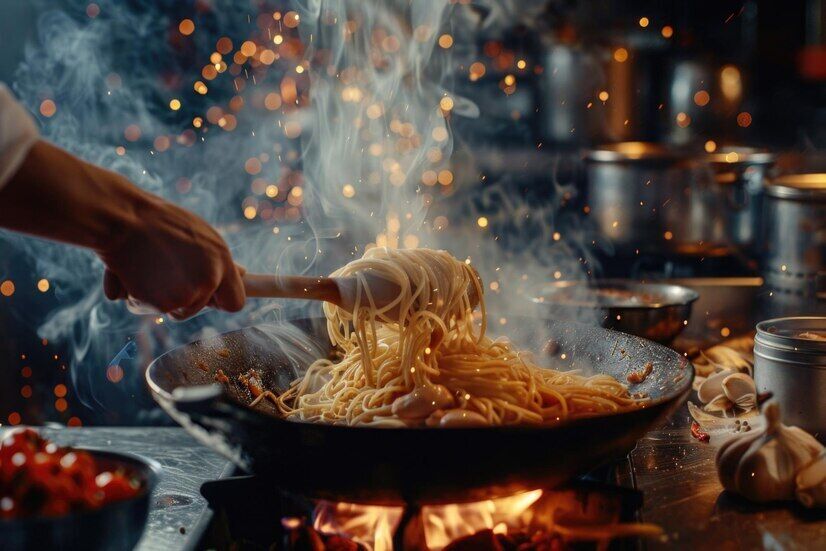News
Why pasta often sticks together and turns out rubbery: never cook it like this
Pasta is a win-win option for a side dish to sausages, cutlets or baked meat. It is cooked very quickly and doesn't require much attention. But if you ignore a few important nuances, it can turn out tasteless.
The FoodOboz editorial team will tell you about the most common mistakes that are often made when cooking pasta. Everything is as clear as possible.
Adding pasta to water that is not hot enough
Many people throw pasta into water that has not yet boiled. This leads to uneven cooking and poor salt absorption. Wait until the water is fully boiling (active bubbles appear) before adding the pasta. To speed up the boiling, cover the pot with a lid.
Incorrect amount of salt
Namely adding too little or too much salt. We recommend using 10 g of salt per liter of water. Take the sauce into account too: if it is salty (e.g. anchovies or fish sauce), you can reduce the amount of salt in the water.
Insufficient water volume and the wrong pot size
It is when you are using a pot that is too small or not enough water, which limits the space for the pasta and causes it to stick together. Use 1 liter of water for every 100 g of pasta. For spaghetti, it is better to choose a tall pot to ensure even cooking.
Overcooking
Pasta cooked for longer than the recommended time will lose its texture and become too soft. Refer to the time indicated on the package and taste the pasta to maintain the desired texture. If mixing with sauce in a frying pan, drain 2 minutes before cooking.
Draining all the water after cooking
Many people drain all the water, leaving the pasta dry and difficult to mix with the sauce. Leave some of the cooking water in. It contains starch, which helps to successfully combine the sauce with the pasta, giving it a creamy consistency.
































